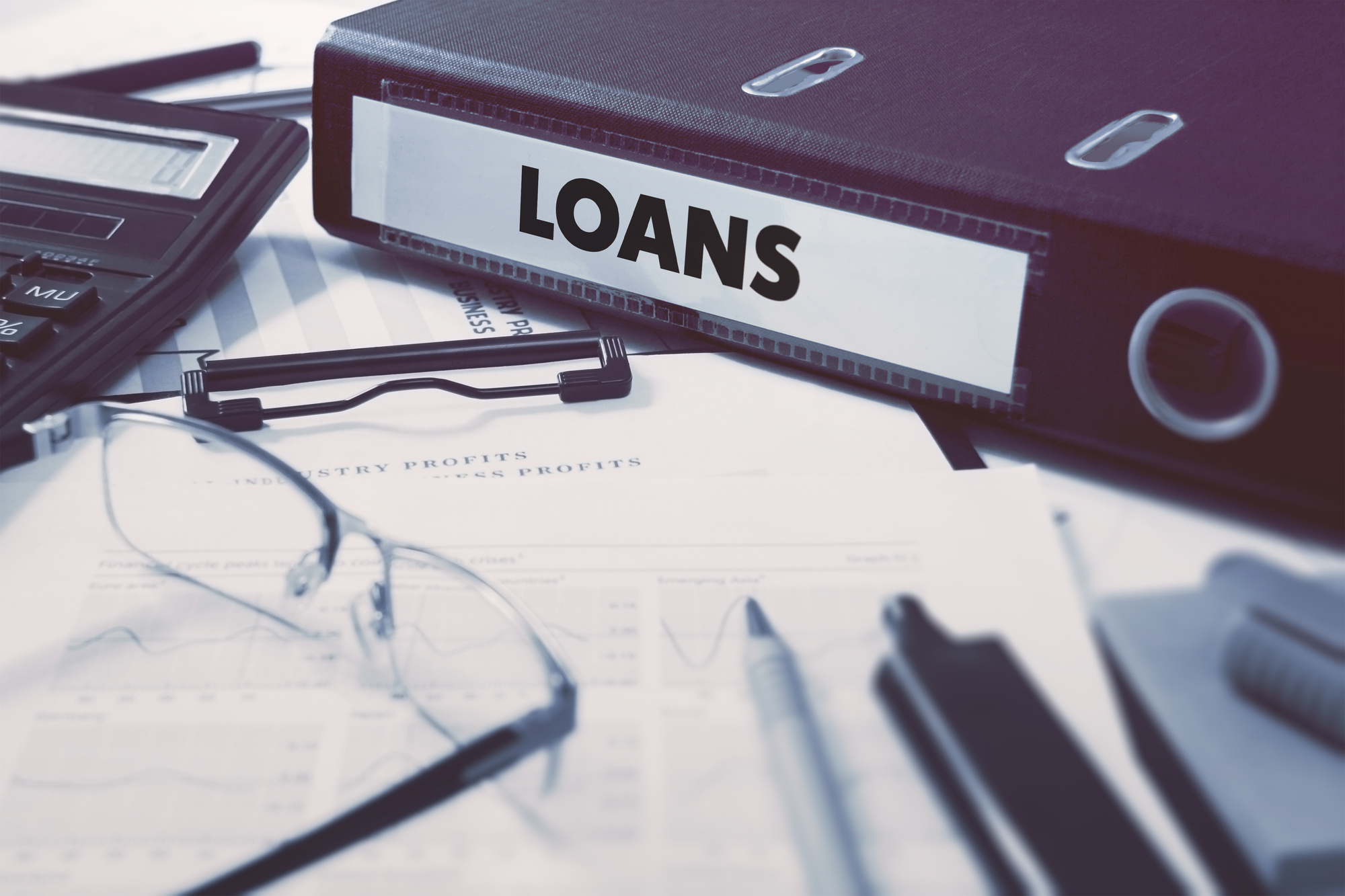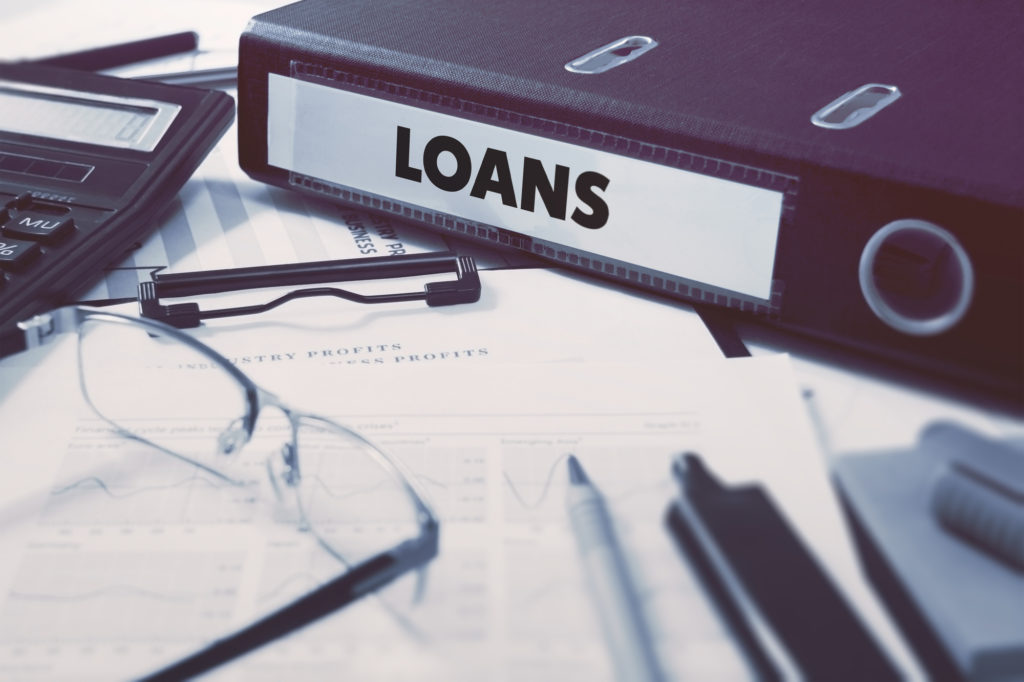

As a whole, Canadians carry over 2 trillion dollars in debt. This debt can be a combination of student loans, mortgages, consumer debt, and more. Debt can be scary, keeping you awake at night and ignoring phone calls from debt collectors. You might be considering filing bankruptcy or consolidating your debt just so you can pay your bills. But how much debt is too much?
Is there a specific number or set of rules that define ‘too much debt’?
If you’re worried about your debts and starting the process of eliminating them, keep reading for a better understanding of the amount of debt that’s overbearing.
How Much Debt is Too Much? Seven Clues You Need to Know
Any amount of debt can make people sweat, but what’s completely unmanageable?
Here are 7 signs that your debt load might be too heavy.
1. You Can’t Pay Back What You Borrowed or You’re Making Late Payments
Living paycheck-to-paycheck is normal for many people, and some can pay their bills on time. If you’re struggling to make payments at all, consider your debt too high. Paying late is a contributor to debt because lenders will tack on late fees, causing you to owe more, so paying on time saves you money.
2. Debt-to-Income Ratio
The debt-to-income ratio, or DRI, is a tool that’s used to compare your debt to your income. If the amount exceeds your take-home pay, that’s a sign that it is too much. Ideally, you want your DRI to be no more than 40%.
To calculate your DRI, take your total debt, divide it by your total gross income and you’ll get your DRI.
3. You Have No Savings
Perhaps you got behind on payments and needed to dip into your savings to catch up. While having no nest egg is not a direct indicator of too much debt, if a debt is a reason why your savings are gone, then there’s a problem.
4. You Cannot Save
If you’re paying all your bills and minimum payments on your loans or credit cards and have no money left to save, you could be head over heels in debt. You want some money left over at the end of the month to stash away for retirement, college funds, or even an emergency fund to cover unexpected expenses. No money left to save is detrimental to your future financial health.
5. Revolving Debt
If you’re paying the minimum payments on your debts, you cannot pay your bills like utilities, insurance, and other necessities like food, gas, or clothing. This means these purchases go right back onto the credit card and you continue to rack up the balance instead of paying it down. This is a tell-tale sign that you have too much debt because you’re stuck in a sick cycle.
6. You Are Stressed
Trouble sleeping, poor work performance, ignoring phone calls – all these issues are causing you mounting stress because you have no idea what to do about the debts you owe. Some people even turn to steal, drugs, alcohol, and the like that run away from the financial troubles altogether.
However, this is more destructive, leading to serious health and mental problems, as well as more possible debt.
7. The Amount You Owe is Unknown
You know you have a significant amount of debt, but you don’t have any idea how much that is. Maybe you ignore your statements, or simply don’t want to crunch the numbers because you’re afraid of the amount. This is understandable, but to free yourself, knowing how much you owe is the best start.
What to Do About Debt
It does not have to stay forever, and there are ways to reduce and eliminate it. It takes some hard work and dedication, but in the end, it’s completely worth it.
Here are some steps you can take today to move forward on your debt-free journey.
As painful as it might be, know how much you owe. Collect your statements, call your lenders, and add up the numbers. It might be challenging, but it’s a necessary step.
Start making a budget. A budget tells you exactly how much money you have to spend per month in each category, like gas or food. Once you have spent all the money in that category, you cannot spend any more until the next month.
Sticking to a budget is a life-line in staying out of debt because you control the flow of your money.
While you’re in the process of paying off your debts, consider doing a spending freeze, and only buying the absolute necessities like food and gas. Stop all excessive spending and cute back your budget as much as possible for now.
If you’re in trouble with creditors or lenders, give them a call to work out a plan. Most of them will work with you if you explain your situation. Consider consolidating your debt to lower your rates and make fewer payments a month.
Decide which debt you want to tackle first. Most people start with the one’s with the highest rate and go from there. Others will start with the smallest and ‘snowball’ their way from one to the next.
Find a side hustle! One of the ways to get out faster is to make extra payments, and the best way to make extra money is to find some side work.
Done With Debt?
So how much is too much? When it interferes negatively with your life, causing stress and financial failure. The good news is that it’s completely possible to get rid of it and breathe easier.
What steps will you take to start chipping away at your debt today?
Need more money advice? Check out our blog for more on how to manage your funds.
